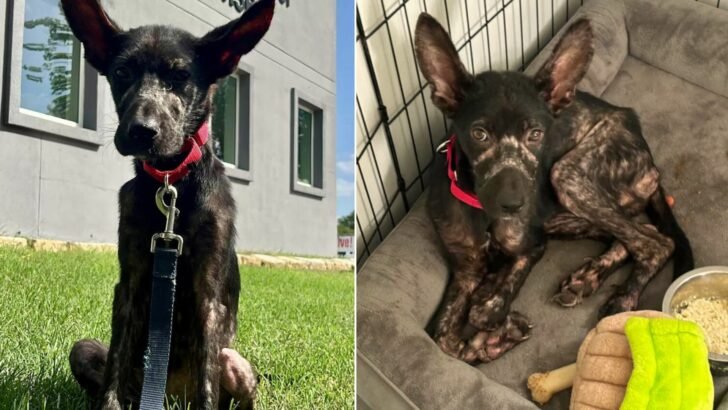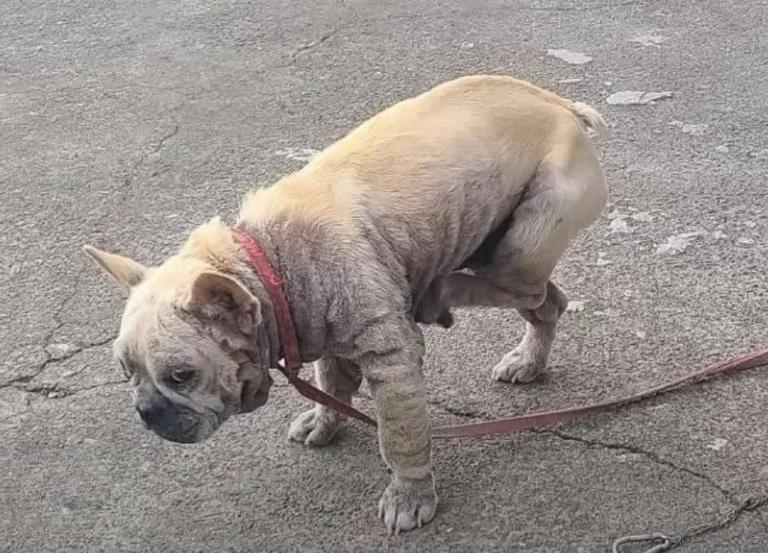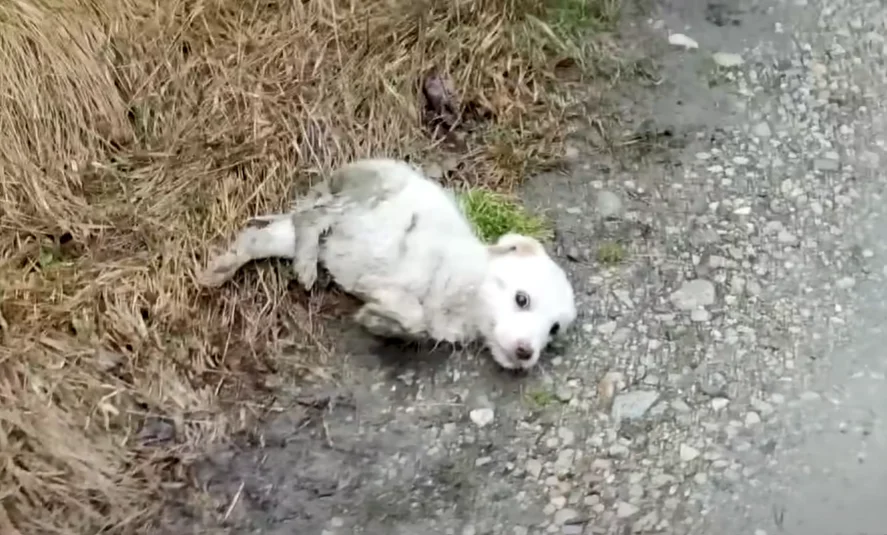If you’re considering getting a dog or already have one, teaching basic commands is crucial. Obedience training helps build a strong bond with your dog and can significantly improve their safety and behavior.
Today, we share some practical tips from renowned dog trainer César Millán to help you get started with effective training.
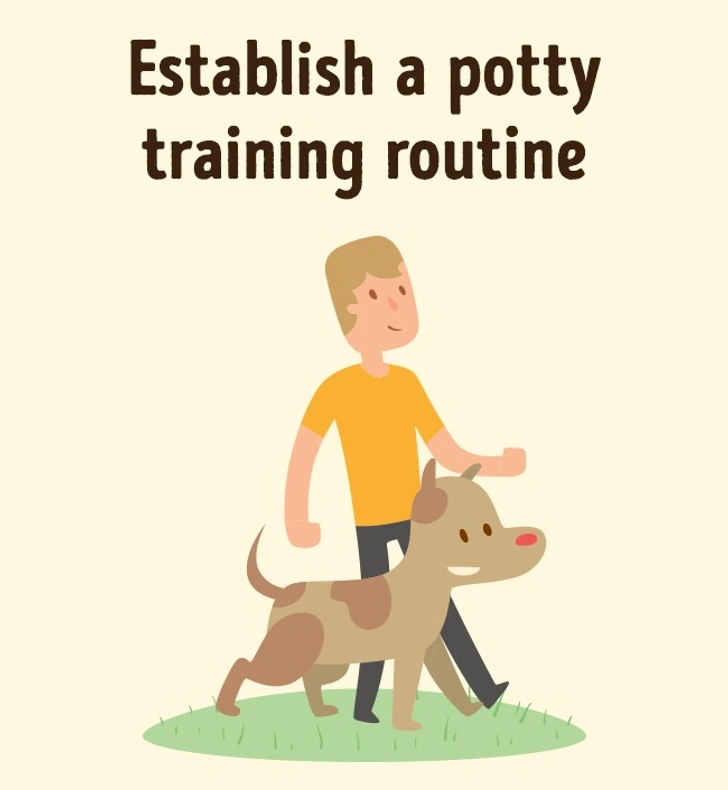
When you adopt or buy a puppy, keep in mind that their digestive system processes food quickly. Typically, a puppy will need to urinate or defecate within 15-30 minutes after eating. To manage this, you’ll need to take your puppy outside frequently.
Ensure that the outdoor spot you choose for your puppy to relieve itself is familiar and comfortable for them. Establish a consistent routine by taking your puppy outside at the same times each day, such as in the morning and after naps.
Avoid getting frustrated if your puppy has accidents indoors. Puppies are sensitive to their owner’s emotions, and negative reactions can cause stress and hinder learning. Instead, use a calm and positive approach to guide your puppy.
Reward your puppy with praise or treats when they successfully go outside. If your puppy has an accident inside, calmly take them to the designated outdoor spot without punishment.
Creating a consistent routine is key to house training. Regularly taking your puppy to the same area and at the same times helps them learn where and when it’s appropriate to relieve themselves.
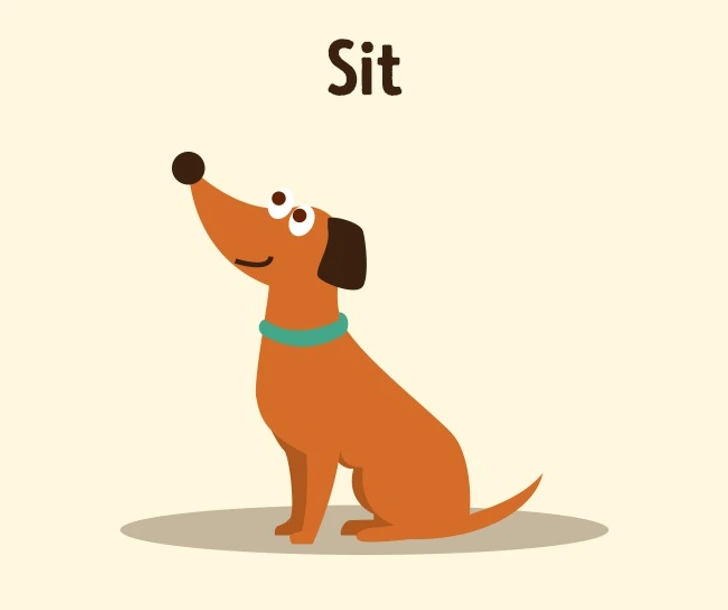
Teaching your dog to calm down and sit on command can be very useful for various situations. Here’s a straightforward method to train your dog:
- Prepare a Treat: Hold a treat near your dog’s nose to get their attention.
- Guide the Head: Slowly move your hand upward, allowing your dog to follow the treat with their head.
- Encourage the Sit: As your dog’s head moves up, their bottom will naturally lower. When their bottom is on the ground, say “Sit” and give them the treat.
- Practice Consistently: Repeat this process several times each day. Once your dog understands the command, ask them to sit in different situations, like before mealtimes or during walks.
With regular practice, your dog will learn to respond to the “Sit” command reliably.

Teaching your dog the “Come” command is essential for both behavior management and safety. Here’s a step-by-step guide to help you train your dog:
- Prepare for Training: Put a leash and collar on your dog to maintain control during the training.
- Get Down to Their Level: Kneel or squat to your dog’s level and use a cheerful tone to say “Come” while gently guiding them with the leash.
- Reward the Behavior: When your dog approaches you, immediately reward them with a treat and praise.
- Practice Without the Leash: Once your dog reliably responds to the command with the leash, practice the “Come” command in a secure, enclosed area without the leash.
Regular practice and positive reinforcement will help your dog learn to come to you reliably.
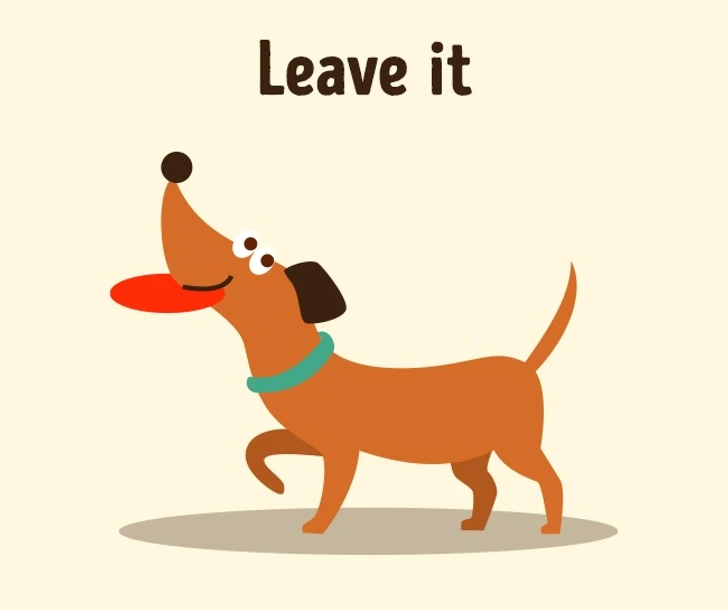
Teaching your dog the “Leave it” or “Drop it” command is essential for preventing them from picking up or eating unwanted items, especially when they are outdoors. Here’s how you can train this command:
- Prepare Treats: Hold a treat in each hand.
- Initial Training: Close one hand around a treat and show it to your dog. Say “Leave it” or “Drop it” while keeping your hand closed.
- Ignore Attempts: Allow your dog to sniff, paw, and try to get the treat from your closed hand. Avoid giving attention to these attempts.
- Reward the Right Behavior: When your dog stops trying and backs away from your hand, reward them with the treat from your other hand.
- Reinforce the Command: Continue practicing until your dog consistently moves away from the closed hand upon hearing “Leave it.” Gradually add the expectation that they should also look up at you before receiving the reward.
By using positive reinforcement and consistency, your dog will learn to avoid unwanted items and respond to the command reliably.
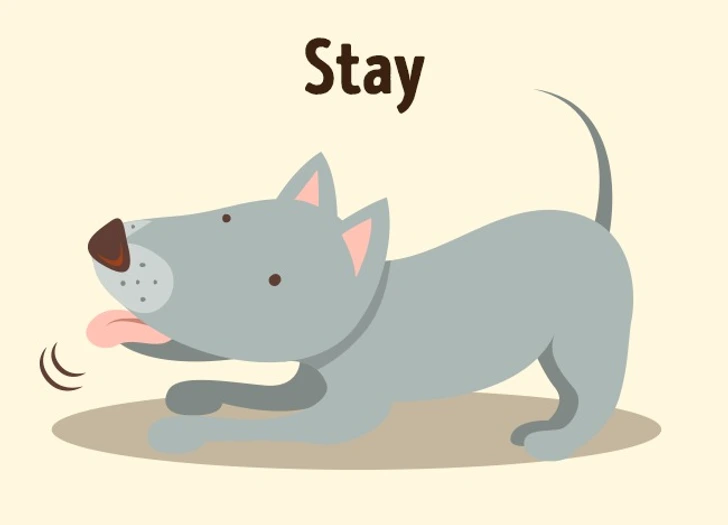
The “Stay” command helps your dog remain in place, which can be useful in various situations like preventing them from chasing animals or jumping on guests.
Here’s how to teach it:
- Start with “Sit”: Ensure your dog has mastered the “Sit” command before starting “Stay.”
- Use a Visual Cue: Open your palm towards your dog and say “Stay.”
- Gradual Distance: Take a few steps back, and if your dog stays in place, reward them with a treat and praise.
- Increase Distance: Gradually increase the distance and duration before giving the reward, continuing to praise and treat your dog for remaining in place.
By progressively increasing the challenge and consistently rewarding your dog, they will learn to stay reliably in different situations.
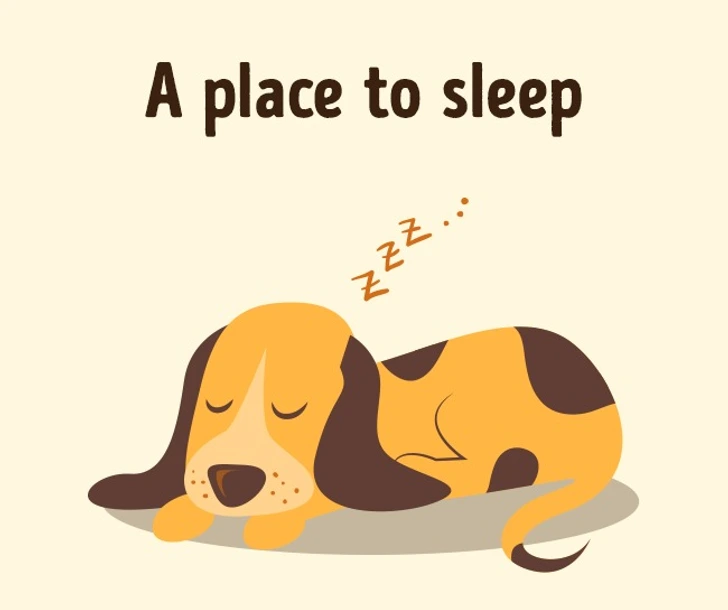
It’s important for your dog to have a designated sleeping area, but it’s also essential to train them to use it voluntarily.
Here’s how to encourage your dog to use their bed:
- Create a Comfortable Space: Provide a cozy and warm bed, adding blankets and pillows to make it inviting.
- Positive Association: Use treats or favorite toys to encourage your dog to explore and settle in their bed. Ensure that they associate this space with positive experiences.
- Allow Choice: Let your dog choose their sleeping area without force. Forcing them into the bed can create a negative association.
- Gradual Introduction: If you plan to share your bed with your dog, wait until they are well-trained to use their own bed. Avoid letting them on your bed uninvited.
- Adjusting to Change: If you need to move your dog’s bed, ensure they receive plenty of food, exercise, and attention to help them adjust to the new location.
By following these steps, you can help your dog feel comfortable and secure in their own sleeping area.


